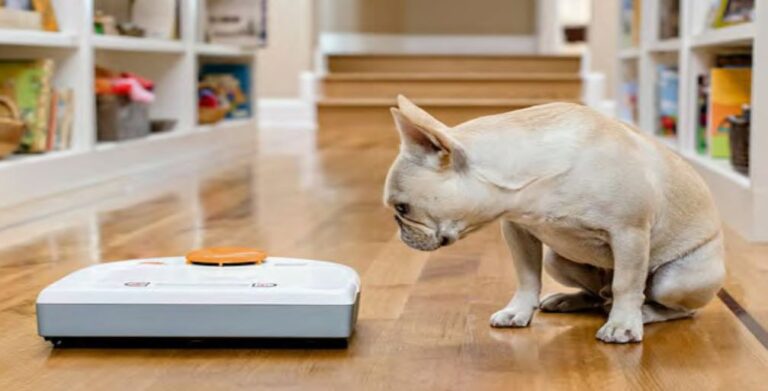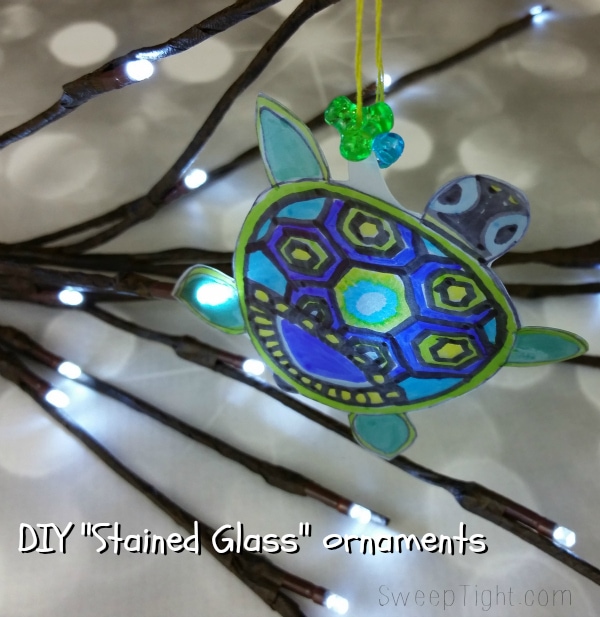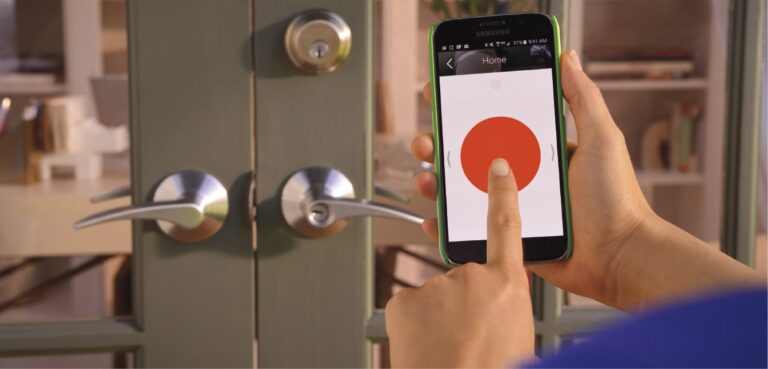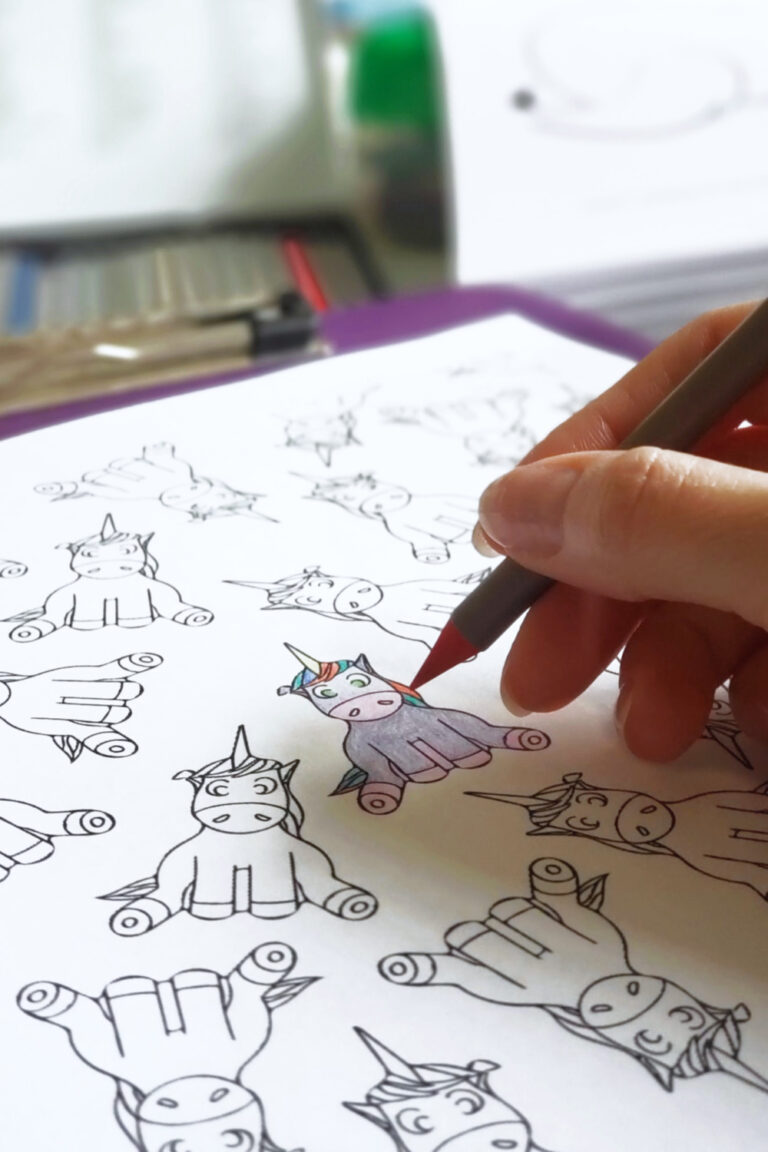How DIY Projects Help Relieve Stress and Spark Joy
The Science Behind Crafting and Stress Relief
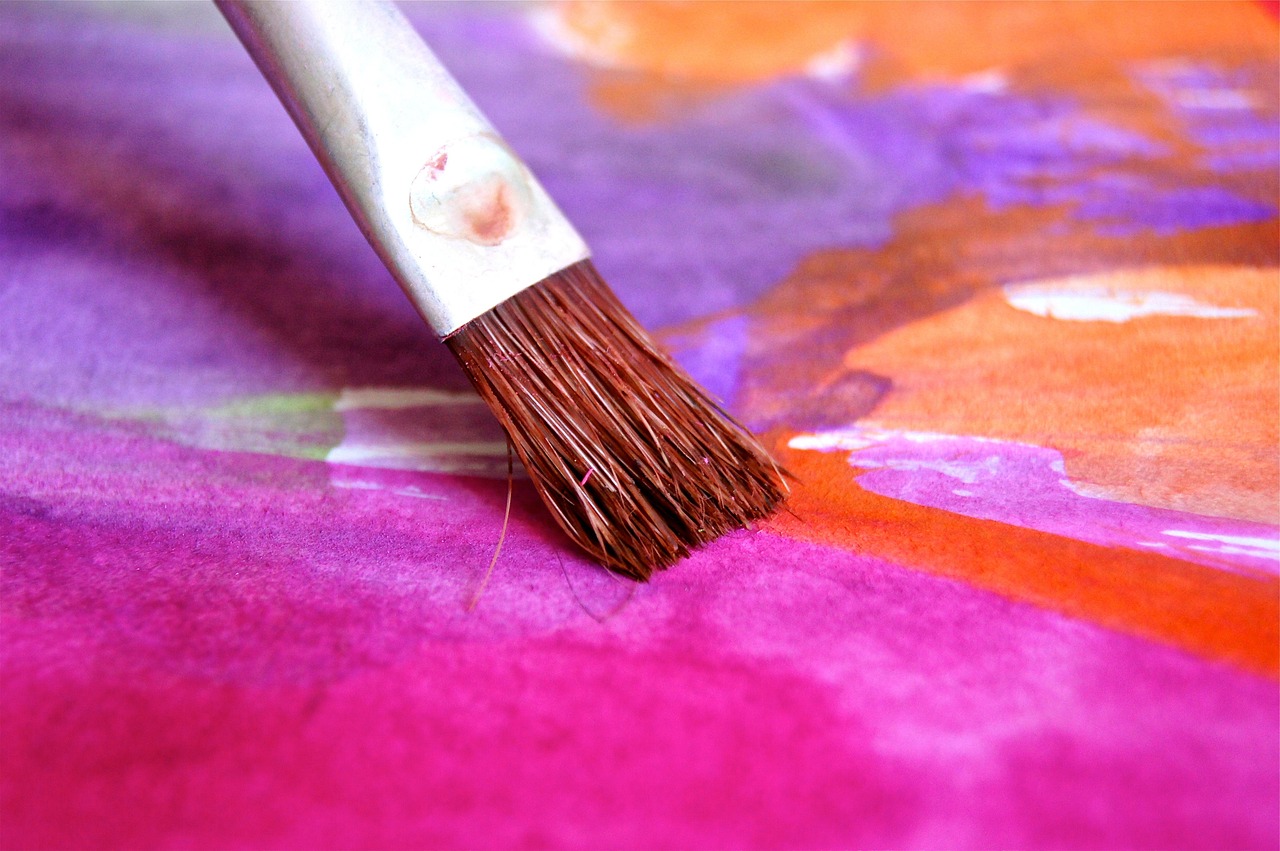
When you pick up a paintbrush or thread a needle, something remarkable happens in your brain. Focusing on a DIY project, whether it’s woodworking, painting, knitting, or gardening, can reduce stress levels by promoting mindfulness and relaxation. Engaging in DIY projects can significantly lower stress levels, and the focused, meditative actions of crafting can help calm the mind and alleviate stress, partly because engaging creatively redirects attention from worries and onto tasks that yield satisfaction and joy. Recent research from Harvard’s Meditation Research Program shows that mindfulness-based activities can create measurable changes in brain connectivity and emotional processing.
Some studies support the use of crafts-based interventions for mental health and well-being, with six studies using control groups reporting positive changes in depression, anxiety, stress, and well-being. This isn’t just feel-good science either – there’s solid evidence that crafting activities genuinely impact our mental state in measurable ways.
Dopamine: Your Brain’s Reward Chemical at Work
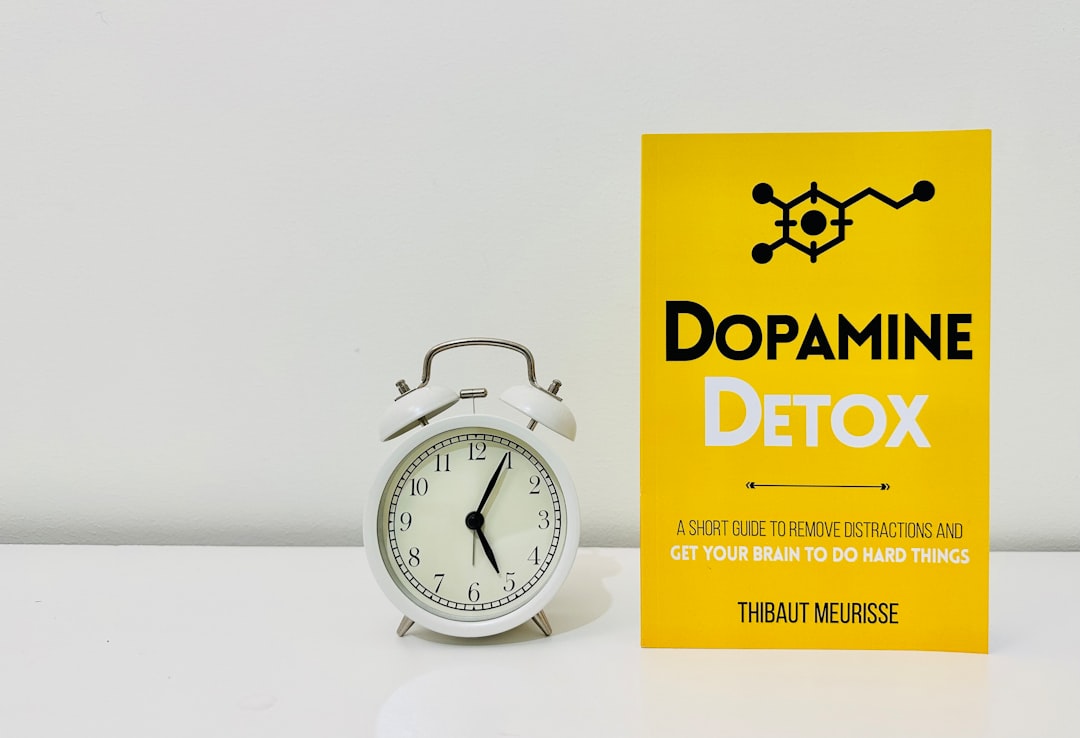
Create something, such as writing, music, art & crafts – as researchers note, “if I create something, I am also creating dopamine”. A dopamine hobby is exactly what it sounds like: something that makes your brain release dopamine, the “feel-good” chemical tied to motivation, pleasure, and reward. When you achieve a goal or experience something enjoyable, dopamine surges, creating feelings of pleasure and satisfaction – which is why random bursts of happiness can feel so exhilarating as your brain literally rewards you with a dopamine rush. Think about the last time you finished organizing that messy drawer – that satisfying feeling wasn’t just psychological, it was your brain chemistry celebrating your accomplishment.
Our brains are wired to love progress, and when you start a project your brain says “Oooh, something new!”, when you keep going it says “We’re doing great!”, and when you finish, you get that satisfying dopamine surge – this mini reward cycle is powerful. Every small step in your DIY project becomes a tiny victory that your brain celebrates.
The Flow State Connection
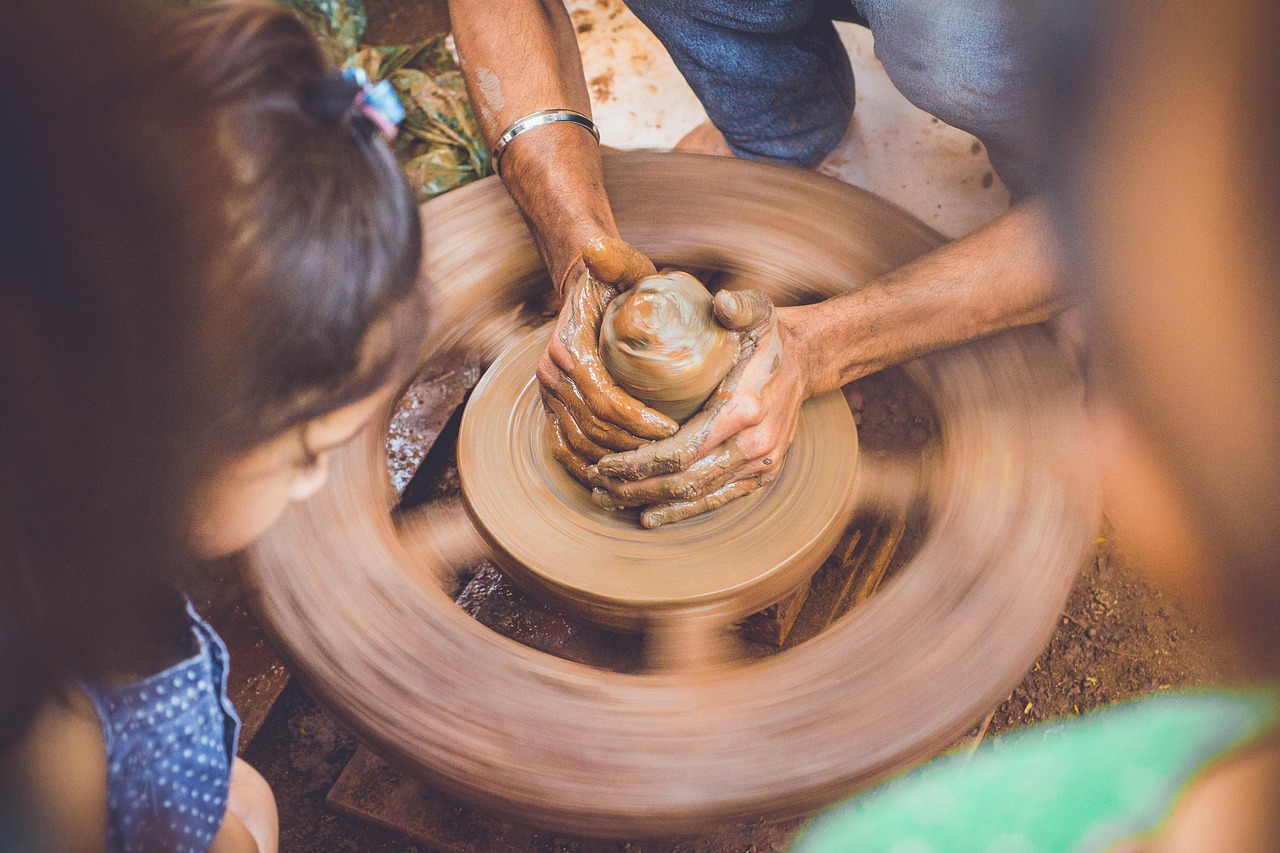
There’s something to be said for the tactile experience – whether it’s the squish of clay, the gentle vibration of a sewing machine, or the rhythmic snip of garden shears, your senses are fully present, and your brain loves that, with the more senses you engage making you more likely to stay in a “flow state” where time disappears and all that matters is what’s in front of you – that state is dopamine magic, making you lose track of time while repotting plants or painting tiny mushrooms on a rock. DIY projects often demand your full attention, promoting mindfulness and presence. This is why three hours can pass without you noticing when you’re deep in a craft project.
Recent studies on mindfulness reveal that mindfulness meditation creates a unique state of relaxed alertness, marked by specific brainwave changes linked to focus and awareness, distinct from simple relaxation. DIY projects naturally create this same focused awareness state without requiring formal meditation training.
Building Self-Esteem Through Creation
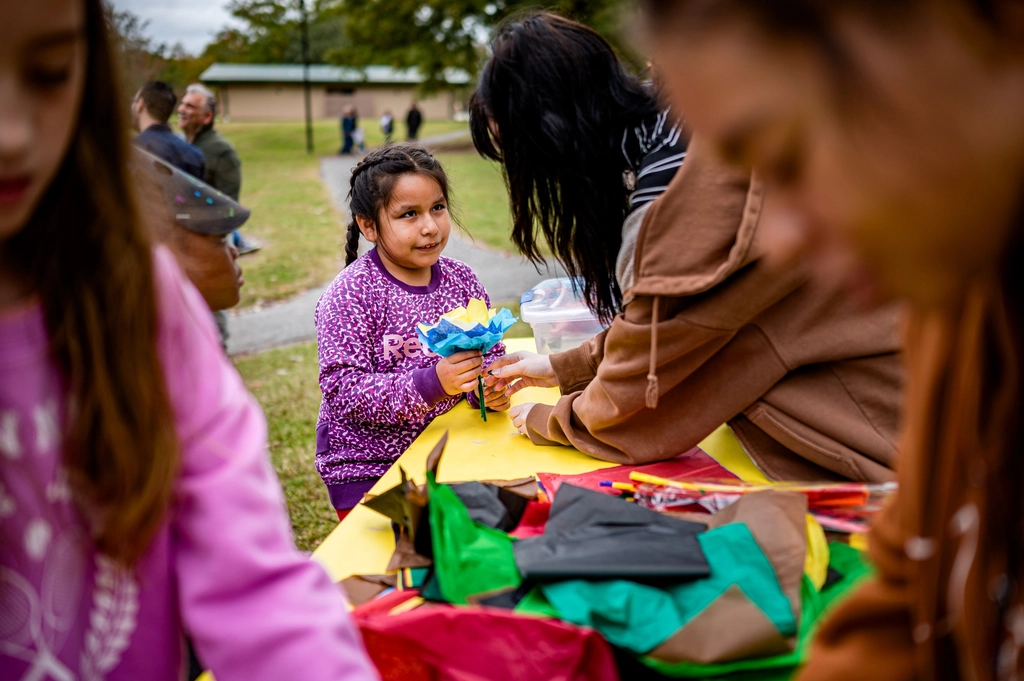
Completing a DIY project provides a tangible sense of accomplishment, and this achievement can boost your self-esteem and self-worth, helping you build a positive self-image and combat feelings of inadequacy or self-doubt. Completing a project from start to finish can give a substantial boost to your self-esteem, as DIY projects are a powerful way to manage stress, boost creativity, and enhance self-esteem. There’s something deeply satisfying about looking at a finished project and thinking “I made that with my own hands.” Unlike many aspects of modern life where results are intangible, crafting gives you something concrete to show for your efforts.
An older qualitative study from 2000 suggested that embroidery provides a sense of autonomy and creativity, stimulates pride and increased sense of self-worth, and helps with tranquility amid stressful life events, while newer research also lists embroidery as a crafting skill that can improve health and well-being. Even simple projects can create profound feelings of capability and confidence.
Social Benefits and Connection
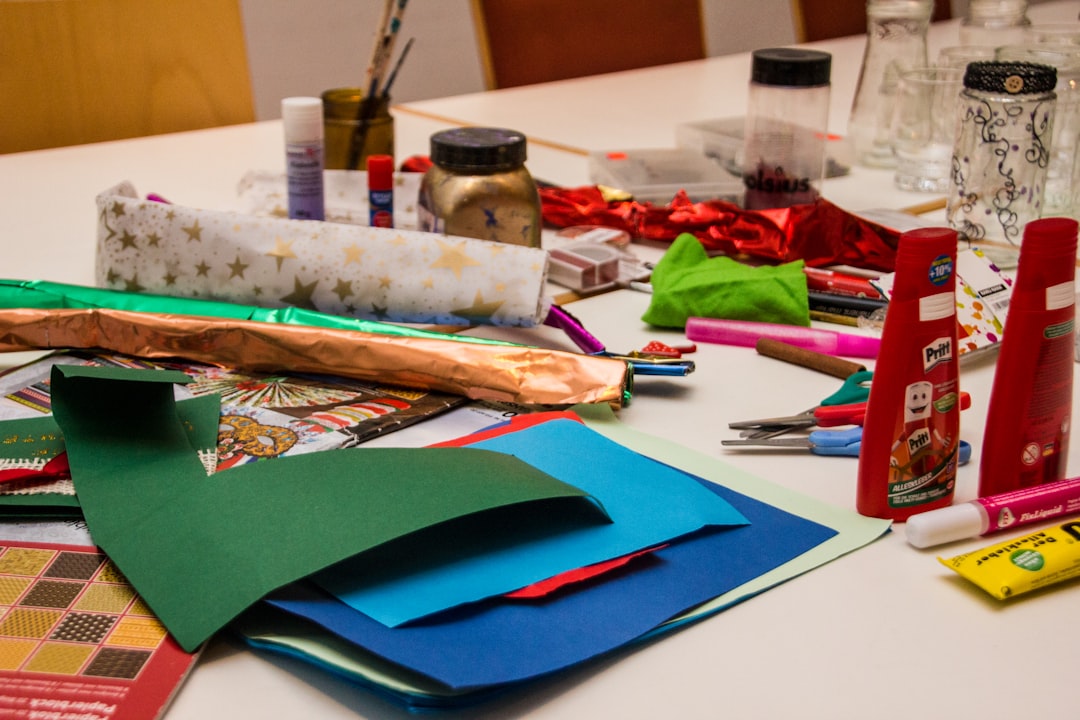
Engaging in DIY projects can be a social activity, and joining crafting groups, woodworking clubs, or cooking classes can help you connect with like-minded individuals, fostering a sense of belonging and reducing feelings of isolation. Engaging in creative activities as a family not only strengthens bonds but also provides a therapeutic outlet that can help alleviate stress and anxiety, with DIY projects that families can undertake together fostering mental health and creating lasting memories. The shared experience of creating something together builds bonds that go deeper than casual conversation.
Even when you’re crafting alone, sharing your finished projects on social media or with friends creates connections and conversations. You’re not just making a scarf – you’re creating opportunities for meaningful interactions and building community around shared interests.
Problem-Solving Skills and Cognitive Benefits
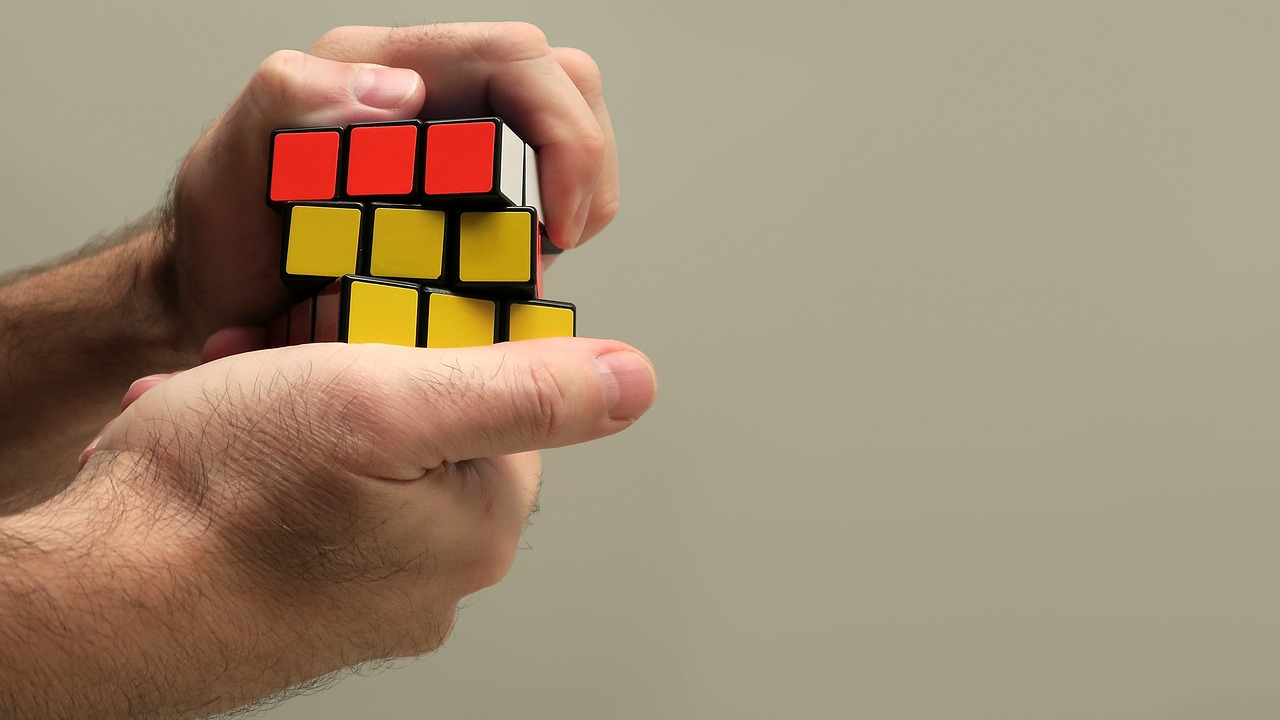
Many DIY projects require problem-solving skills, and whether you’re following a pattern or building something from scratch, you’ll encounter challenges that encourage you to think critically and find solutions, which can boost your confidence in your problem-solving abilities. Every craft project is essentially a puzzle waiting to be solved. How do you get this corner to lie flat? What happens if you mix these two paint colors? Why isn’t this piece fitting where it should?
These problem-solving challenges exercise your brain in ways that are both engaging and rewarding. Unlike work problems that might feel overwhelming or abstract, craft problems are manageable and have clear solutions. This builds your confidence in tackling challenges in other areas of life.
Mindful Movement and Repetitive Actions
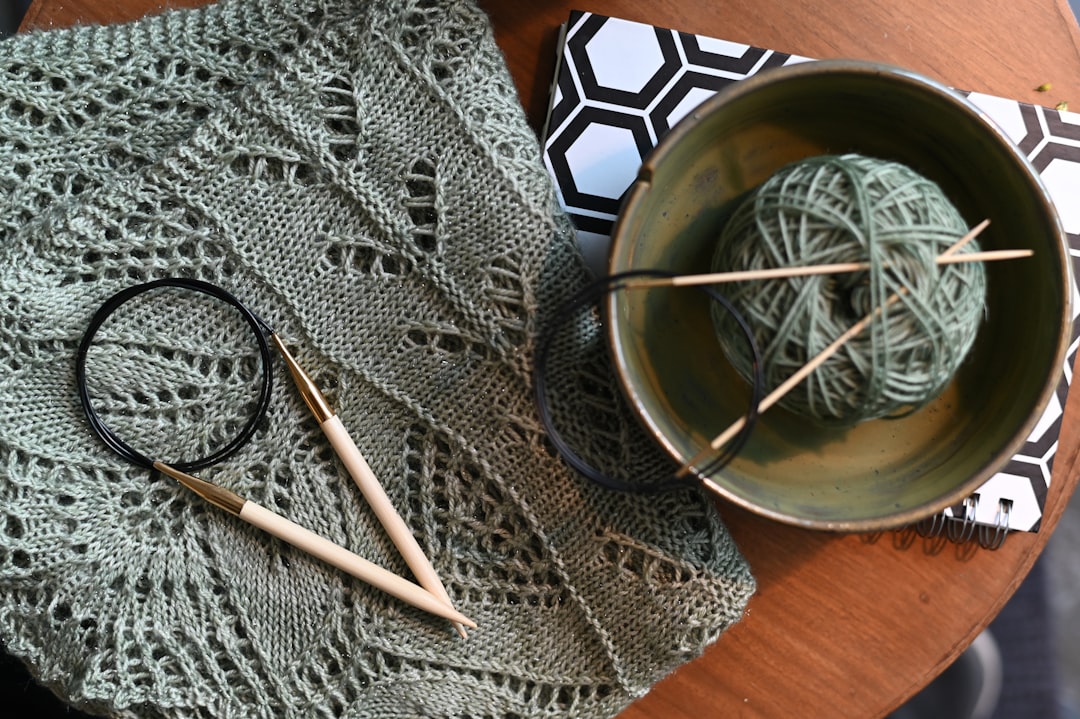
Knitting is a fabulous needlework craft that can be calming and meditative, and once you have mastered learning to knit it can be fabulous, with knitting evolving using wool woven around two needles to create patterns that knit together – you can start with a simple scarf and learn to master more patterns like blankets or clothes. When feeling anxious, kneading dough or beating a gooey batter mix can help work those stresses out of your system with delicious results. The rhythmic, repetitive motions in many DIY activities naturally calm the nervous system.
Think about the meditative quality of sanding wood, the steady rhythm of knitting stitches, or the gentle back-and-forth motion of painting. These repetitive actions activate the same calming mechanisms as traditional meditation practices, but with the added benefit of creating something tangible.
Nature-Based DIY Projects
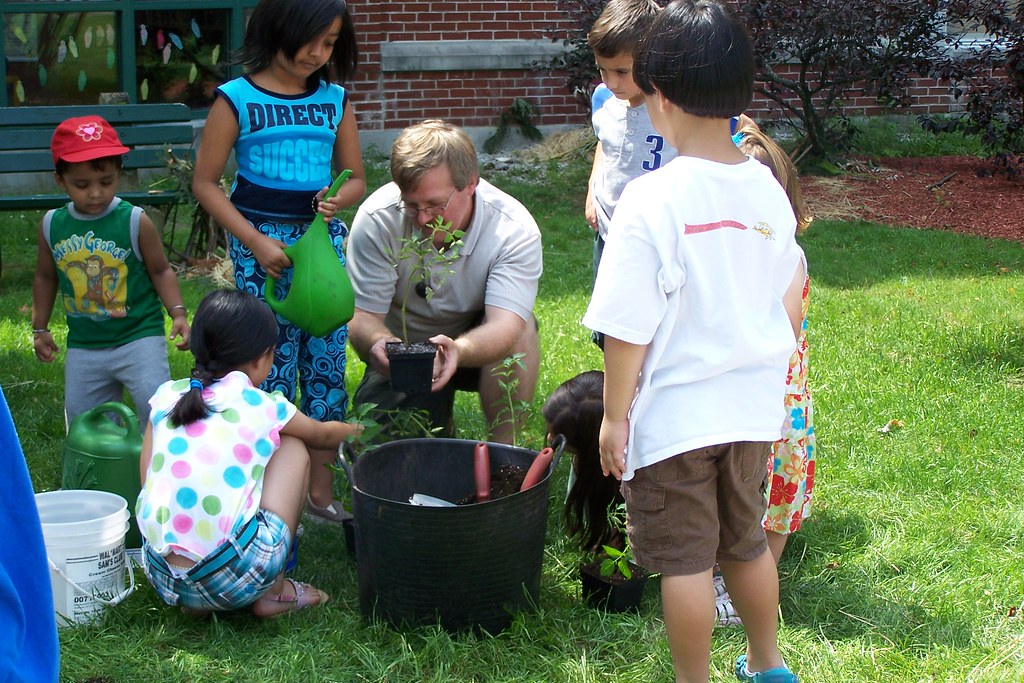
Gardening is a wonderful way to connect with nature and each other, and starting a family garden can be both a rewarding and therapeutic experience – not only does gardening provide physical exercise, but it also encourages mindfulness as you focus on nurturing plants. There’s a range of evidence to support the mental health benefits of being in nature or actively participating with it, including reducing levels of depression, anxiety, and stress, and reducing rumination on negative thoughts.
Nature-based crafts like making flower arrangements, creating terrariums, or building bird houses combine the therapeutic benefits of crafting with the proven mental health benefits of nature exposure. Exercise in nature has been shown to improve self-esteem and mood according to a 2019 study, and crafting outdoors or with natural materials amplifies these benefits.
The Therapeutic Power of Color and Creativity
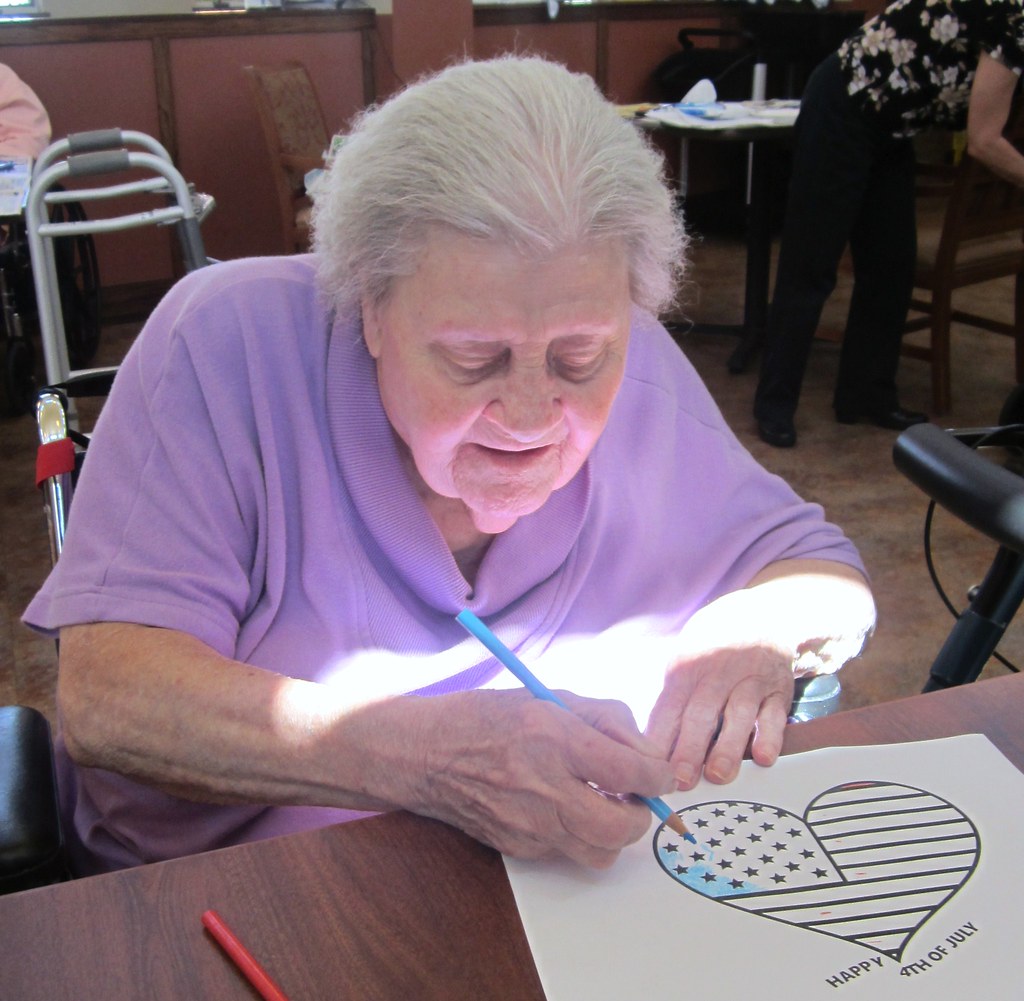
Adult coloring books and coloring pages have gained popularity for their therapeutic benefits, and coloring intricate designs or patterns requires sustained attention and concentration. Color plays a significant role in dopamine decor as different colors can trigger various emotional responses – warm colors like red, orange, and yellow are known to stimulate energy and happiness, while cooler colors like green and blue promote a sense of tranquility and peace. When you’re choosing colors for your DIY project, you’re not just making aesthetic decisions – you’re actively influencing your mood.
If you’re not technically an artist, painting by numbers is your secret weapon – it’s structured but still creative, and your brain gets a hit of satisfaction every time you fill in a section. The act of creating something colorful and beautiful has an almost immediate impact on mood and stress levels.
Breaking the Digital Overwhelm Cycle

In our hyper-connected world, the constant barrage of notifications, scrolling, and instant gratification can leave us feeling mentally exhausted and emotionally drained, with this overstimulation often caused by excessive use of technology and social media dysregulating our brain’s dopamine system, leading to diminished satisfaction and focus in daily life – this is where the concept of a dopamine detox comes in, aimed at resetting the brain by reducing engagement with high-stimulation activities.
Among various strategies to support this reset, crafting emerges as a powerful and often overlooked ally, with activities like meditation, journaling, spending time in nature, and crafting aligning perfectly with this philosophy. DIY projects offer a healthy alternative to endless scrolling, giving your brain the stimulation and reward it craves through genuine accomplishment rather than artificial digital dopamine hits.
Small Projects, Big Mental Health Benefits
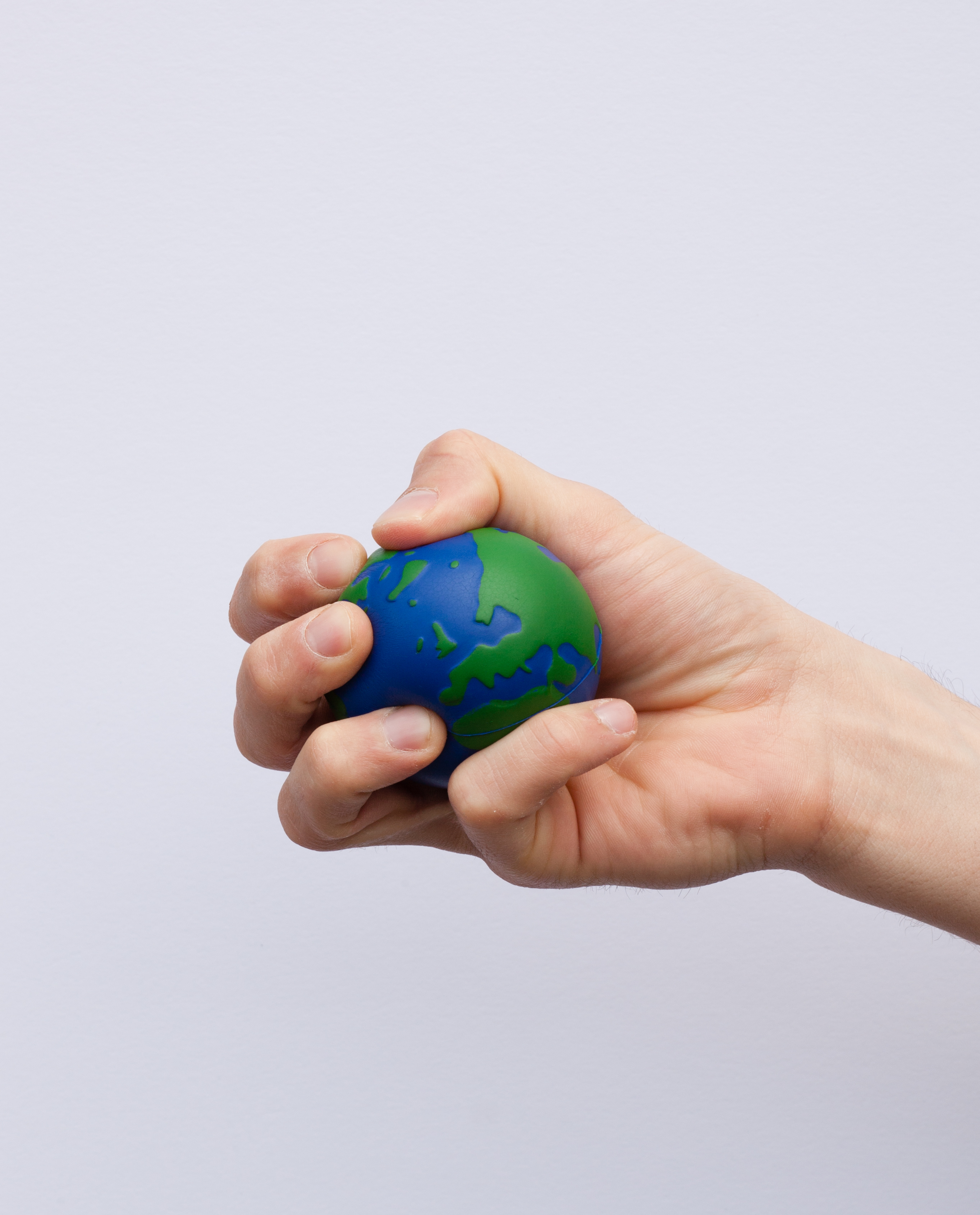
When you feel a case of sensory overload coming on, simply shake a glitter bottle and get lost in the all-encompassing tiny universe of stars – these bottles are great for anxiety relief as they give you something to focus your thoughts and energy on, and you can make one for yourself or for a child as they’re great at any age. If you’re feeling stressed, overwhelmed, or anxious at work, a great item to keep at your desk is a stress ball – just squeeze it for instant relief as you’ll feel a relaxing sensation that starts at your fingertips and spreads through your whole body, creating a sense of wellness.
You don’t need to commit to massive projects to get mental health benefits. Sometimes the simplest DIY creations have the most immediate impact on your wellbeing. Tending to a tiny Japanese zen garden at the end of the day is another great way to relax and let go of your worries, as creating wave-like patterns in the smooth sand has an oddly satisfying effect.
The Long-Term Benefits of Regular Crafting
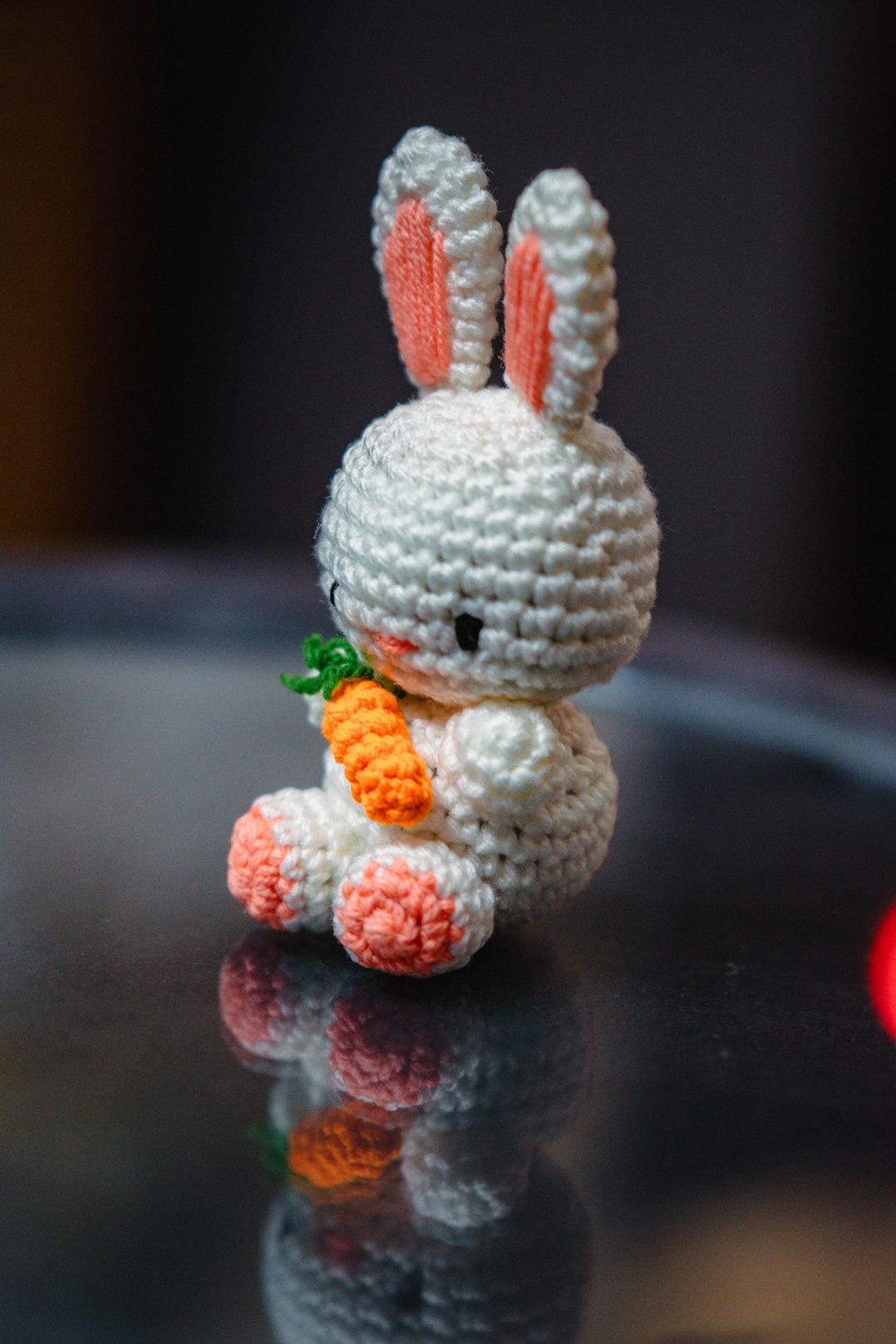
A study found that people who engaged in arts and crafts, such as music, painting, drawing, textile crafts, and creative writing experienced lower levels of mental distress and higher levels of mental functioning and life satisfaction, while a 2018 study suggests that crafting is calming, may promote successful aging, and even has long-term social and cultural benefits. Regular engagement with DIY projects creates cumulative benefits that extend far beyond the immediate stress relief.
A study found that just 10 minutes of daily mindfulness via a free app can improve mental well-being, reduce depression and anxiety, and motivate healthier lifestyle habits, with benefits lasting beyond the initial 30-day practice period. Similarly, making DIY projects a regular practice rather than an occasional activity amplifies the mental health benefits over time. The key is consistency, not complexity.
Creating Your Personal Craft Sanctuary
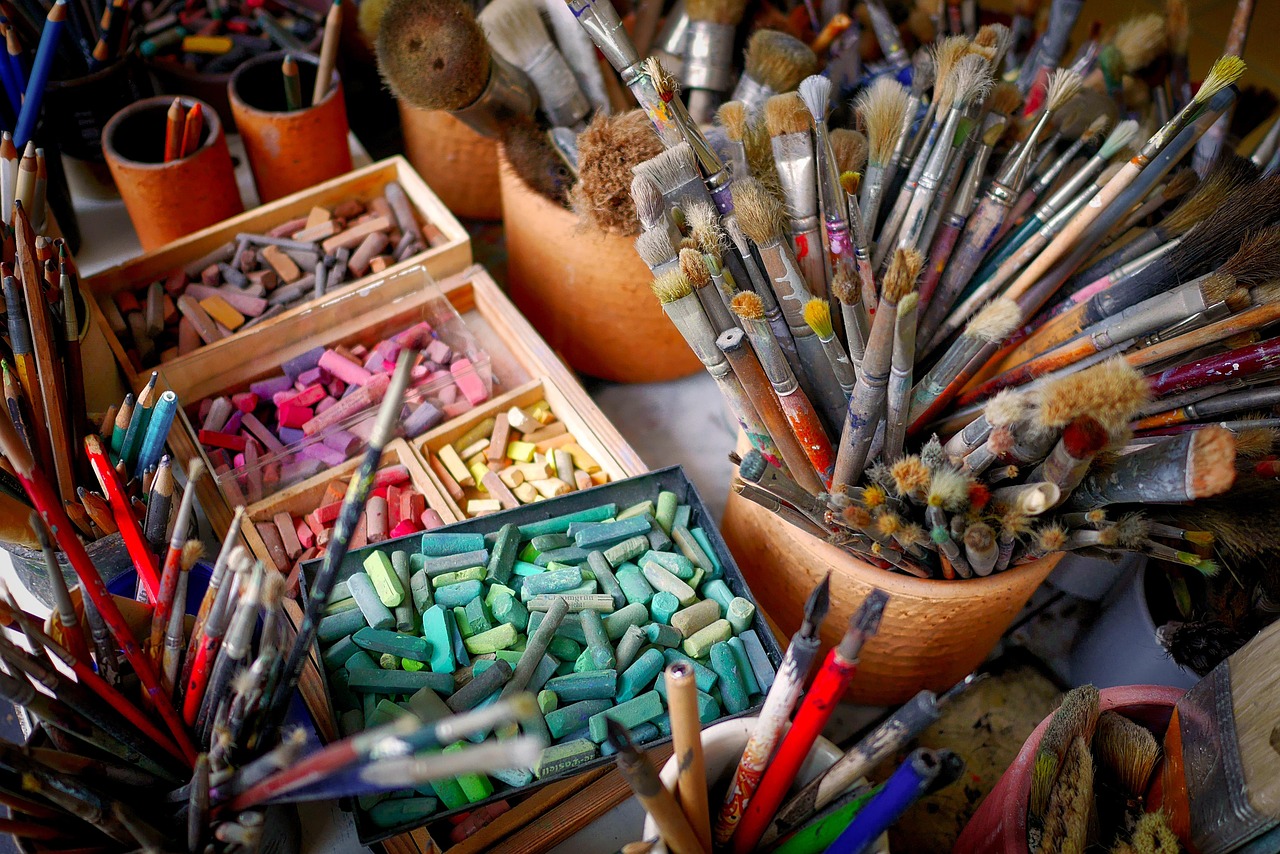
When you see something you love, like a heartwarming photo or a color that uplifts your spirits, it triggers the release of dopamine, giving you a feel-good rush – dopamine decor is all about filling your space with those happy triggers. Your crafting space itself becomes part of the therapeutic experience. Whether it’s a dedicated craft room or just a basket of supplies on your kitchen table, organizing your creative materials in a way that brings you joy amplifies the mental health benefits.
Dopamine decor is more about the thoughtful selection and placement of items that bring you joy, rather than spending on expensive pieces – you can upcycle existing items, buy affordable art, use plants, or paint walls in colors that make you happy. Your craft space doesn’t need to be Instagram-perfect to be effective. It just needs to make you feel excited about creating.
DIY projects offer far more than just a way to pass time or create useful objects. They provide a scientifically-backed pathway to better mental health, offering stress relief, mood enhancement, and genuine joy through the simple act of making something with your hands. In our increasingly digital world, the tactile, meditative, and rewarding nature of crafting serves as both an anchor to the present moment and a bridge to greater wellbeing. Whether you spend ten minutes coloring or ten hours building furniture, you’re not just creating objects – you’re crafting a healthier, happier state of mind. The next time stress starts creeping in, ask yourself: what could I make today?

